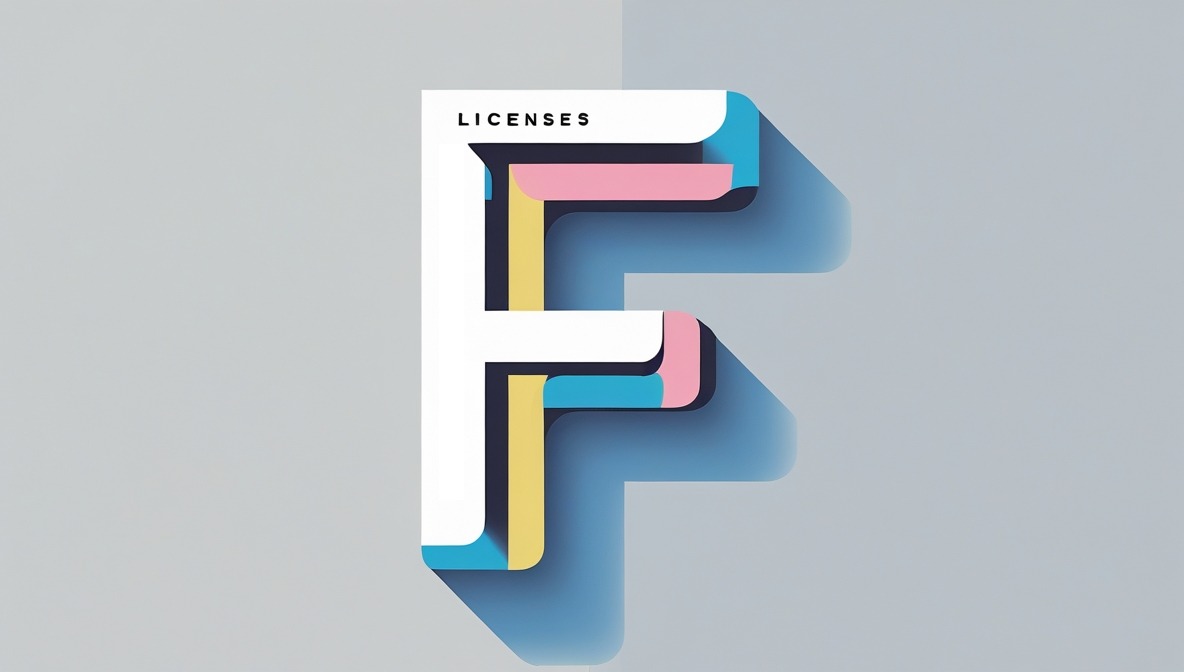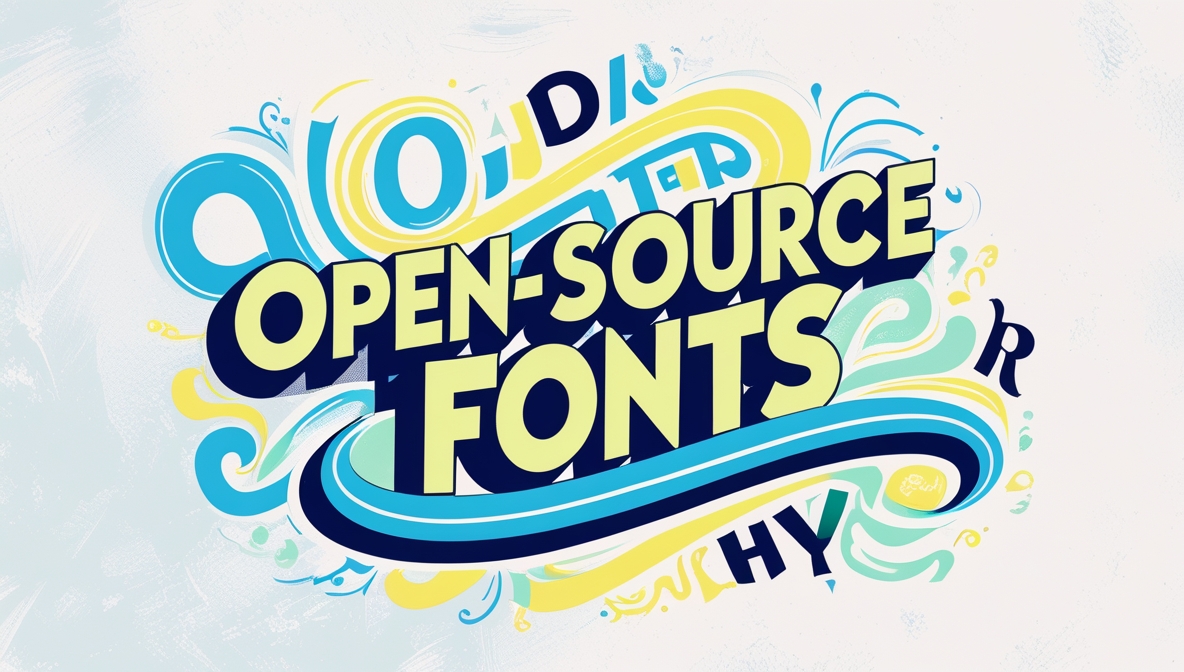Fonts are the unsung heroes of design, silently shaping the way we perceive and interact with content. But behind every font lies a license that dictates how it can be used. Whether you’re a designer, developer, or business owner, understanding font licenses is crucial to avoid legal pitfalls and make informed decisions. This article dives into the three primary types of font licenses: Free, Commercial, and Open-Source, helping you navigate the complexities of typography licensing.
What Are Font Licenses?
Font licenses are legal agreements that define how a typeface can be used, distributed, and modified. They protect the rights of font creators while ensuring users understand the boundaries of usage. Ignoring these licenses can lead to costly legal disputes, making it essential to know the differences between Free, Commercial, and Open-Source licenses.
1. Free Font Licenses
Free fonts are often the go-to choice for personal projects or small-scale endeavors. However, “free” doesn’t always mean “unrestricted.” Here’s what you need to know:
- Personal Use Only: Many free fonts are licensed exclusively for personal projects. Using them commercially without permission can result in legal action.
- Attribution Required: Some free fonts require you to credit the creator when used, even in non-commercial projects.
- Limited Modifications: Free fonts may come with restrictions on altering the typeface or redistributing it.
- Examples: Popular free fonts include Google Fonts like Roboto and Open Sans, which are free for both personal and commercial use.
When to Use Free Fonts: Ideal for personal blogs, school projects, or non-profit initiatives where budget constraints are a concern.
2. Commercial Font Licenses
Commercial fonts are designed for professional use and often come with a price tag. These licenses are tailored for businesses, brands, and large-scale projects. Key features include:
- Paid Licensing: Commercial fonts require a one-time purchase or subscription fee. Prices vary based on the font’s popularity and intended use.
- Broad Usage Rights: These licenses typically allow use in logos, advertisements, websites, and merchandise.
- Multiple Users: Some commercial licenses cover a specific number of users or devices, while others offer enterprise-wide access.
- No Attribution Needed: Unlike free fonts, commercial fonts rarely require crediting the creator.
- Examples: Well-known commercial fonts include Helvetica, Proxima Nova, and FF Meta.
When to Use Commercial Fonts: Perfect for branding, marketing campaigns, and any project where professionalism and exclusivity are paramount.
3. Open-Source Font Licenses
Open-source fonts are a unique category, offering both freedom and flexibility. These fonts are often developed by communities and come with permissive licenses. Here’s what sets them apart:
- Freedom to Modify: Open-source fonts can be altered, customized, and redistributed without legal repercussions.
- No Cost: Most open-source fonts are free to use, even for commercial purposes.
- Community-Driven: These fonts are often maintained by a community of designers and developers, ensuring regular updates and improvements.
- Examples: Notable open-source fonts include Fira Sans, Source Sans Pro, and IBM Plex.
When to Use Open-Source Fonts: Ideal for developers, startups, and collaborative projects where customization and cost-efficiency are key.
Key Differences Between Free, Commercial, and Open-Source Fonts
To help you quickly grasp the distinctions, here’s a breakdown:
| Feature | Free Fonts | Commercial Fonts | Open-Source Fonts |
|---|---|---|---|
| Cost | Free | Paid | Free |
| Commercial Use | Often Restricted | Allowed | Allowed |
| Modifications | Limited | Restricted | Allowed |
| Attribution | Sometimes Required | Rarely Required | Sometimes Required |
| Examples | Roboto, Open Sans | Helvetica, Proxima Nova | Fira Sans, Source Sans |
How to Choose the Right Font License
Selecting the appropriate font license depends on your project’s scope, budget, and goals. Here’s a quick guide:
- For Personal Projects: Free fonts are a cost-effective choice, but always check the license for restrictions.
- For Business and Branding: Invest in commercial fonts to ensure exclusivity and professionalism.
- For Collaborative or Custom Projects: Open-source fonts offer the flexibility and freedom to adapt the typeface to your needs.
Common Pitfalls to Avoid
- Assuming All Free Fonts Are Commercial: Always verify the license terms before using a free font for business purposes.
- Ignoring Attribution Requirements: Failing to credit the font creator can lead to legal issues, even with free or open-source fonts.
- Overlooking License Updates: Font licenses can change over time, so revisit the terms periodically to ensure compliance.
Top Resources for Fonts
Here are some trusted platforms to find fonts based on their license type:
- Free Fonts: Google Fonts, DaFont, Font Squirrel
- Commercial Fonts: MyFonts, Adobe Fonts, Fontspring
- Open-Source Fonts: GitHub, Google Fonts, Open Foundry
Conclusion
Understanding font licenses is not just a legal necessity but a strategic advantage. Whether you opt for Free, Commercial, or Open-Source fonts, knowing the rules ensures your projects are both creative and compliant. By choosing the right license, you can elevate your designs while respecting the hard work of font creators. So, the next time you select a font, remember: the license is as important as the typeface itself.

